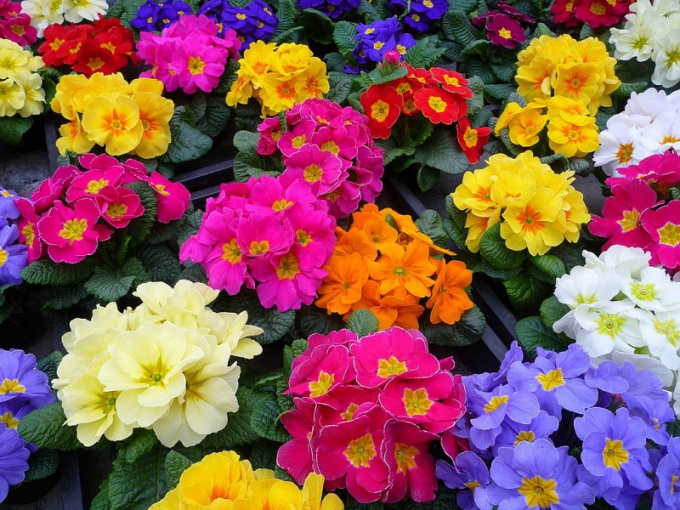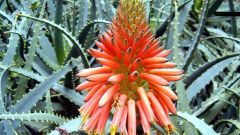Instruction
1
Primula – primrose bright unpretentious, beloved by gardeners for the richness and great variety of colors, the ability to lasting blooms and easy care. But keep in mind that quite short periods of time primrose can grow so wide that her rosettes are starting to push each other, which adversely affects flowering. In addition, the rhizome of the primroses growing up on the bias line, and very often the plants are dying due to the fact that the roots were above the ground, froze or dried up from lack of moisture and nutrients. To ensure the Primula healthy conditions of existence, it is recommended to regularly dividing the plants and transplanting.
2
The transfer time depends on the type of evening primrose – if the plant has two phases of active growth and blooms twice in a season, it can be repotted immediately after flowering. The primroses, flowering once in April-may, summer lasts a period of rest. In early autumn the plant awakens and begins setting buds for next season during this period can be transplanted, because Primula is full of energy and highly adaptable to new conditions.
3
Varieties of primroses, whose root system is difficult to restore in case of damage or changing conditions, it is recommended to transplant in early spring before the flowering period. Such varieties include Primula serrulated, Japanese primrose, Primula Primula Ushkovo and capitate – transplantation is carried out only in periods of rest.
4
Before transplanting primroses recommended well to moisten the soil – this will provide the most easy extraction of the plant from the ground without damaging the root system. Garden tools it is advisable to disinfect by boiling or by washing in a weak solution of potassium permanganate. Bush primrose dug with a lump of earth, carefully clean the roots from the soil, washed them in water and a sharp knife to divide the plant into separate sockets. In each outlet must have at least one kidney of flowering. Cuts at the roots dusted with ash or crushed activated carbon. It is impossible to prevent drying of the prepared seedlings – Primula is very sensitive to watering and under stress when transplanting without water may die quickly.
5
For seedlings it is necessary to prepare planting holes with a depth of about 15 cm, which can add phosphate or potash fertilizers. Rosettes of primroses planted at a distance of 10 cm from each other in the case of varieties of medium size and 30 cm – primrose if large. Plants with small flowers can be planted tightly to their leaves touched and formed a shady space, good moisture-retaining. To improve the survival rate of primroses, it is recommended to make a shade for the plants, and to pay greater attention to watering in the first 10-12 days. Not superfluous and mulching of plants for protection from garden pests and excess evaporation of moisture from the surface of the earth.
Note
All work with clematis is recommended in garden gloves, because the plant can cause allergic reactions.

